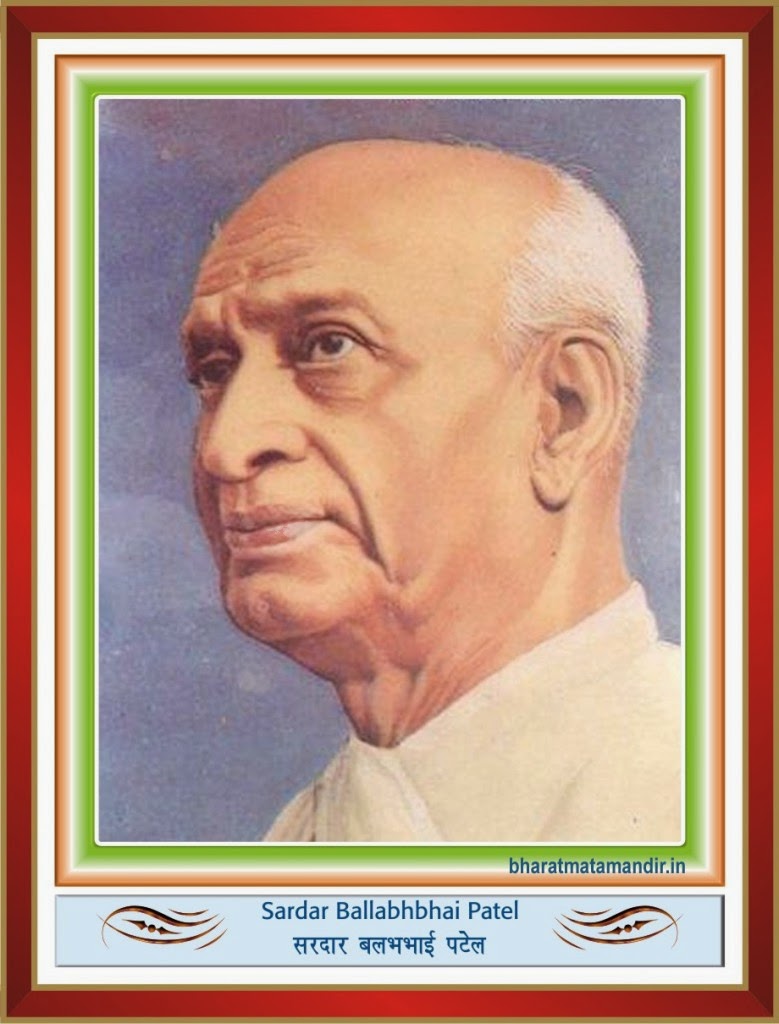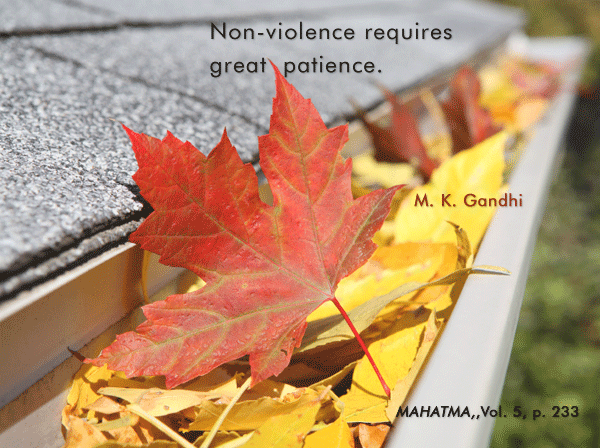The Discovery of Man - 2. Swami Krishnananda.
Chinmaya Mission: An enriching weekend of fun, learning, and personal growth took place at Chinmaya Mission New Zealand, where participants engaged in a transformative adults' retreat. The event provided a deep exploration of the essence of faith, emphasizing its pivotal role in one's spiritual journey. Through insightful discussions, guided meditations, and interactive sessions, attendees gained a profound understanding of how faith shapes and strengthens their inner path. The retreat not only offered spiritual enrichment but also fostered a sense of community and connection, making it a memorable and impactful experience for all involved. ============================================================================= Friday 23, Aug 2024. 05:30. Article Philosophy: The Discovery of Man:2. Swami Krishnananda (Taken from the January 1974 issue of the Divine Life magazine) Post-2. ============================================================================ Humanity h...




Comments